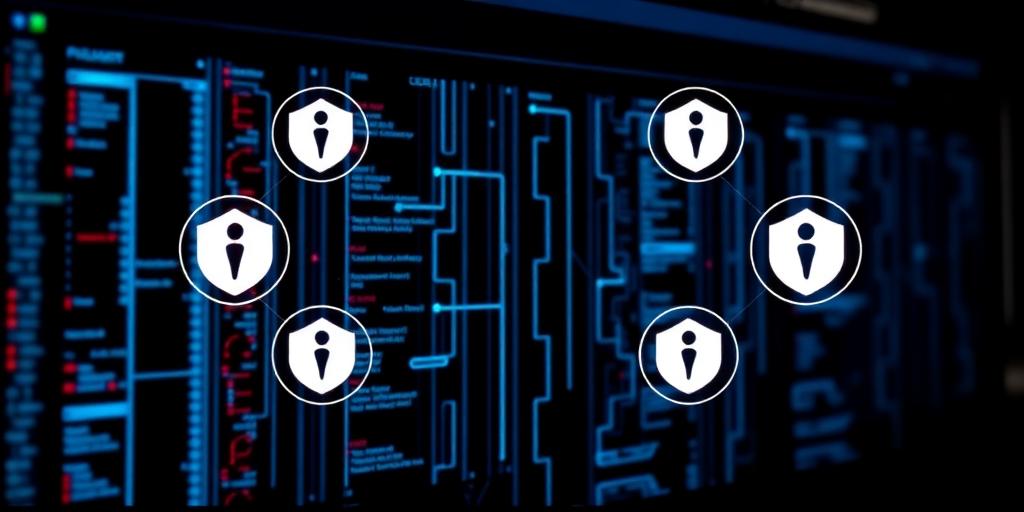Using Virtual Machines (VMs) for Enhanced Security and Isolation
In today's digital landscape, security is paramount. One powerful tool for enhancing security and isolation is the use of Virtual Machines (VMs). This post will delve into what VMs are, how they bolster security, and their practical applications.
What is a Virtual Machine?
A Virtual Machine (VM) is essentially a computer within a computer. It is a software-based emulation of a physical computer that runs its own operating system and applications. VMs operate independently of the host machine, sharing hardware resources but remaining logically isolated.
Key Benefits of Using VMs for Security and Isolation
- Isolation: VMs provide a strong layer of isolation. If one VM is compromised, the threat is contained within that environment, preventing it from spreading to other VMs or the host system.
- Sandboxing: VMs are excellent for sandboxing. You can run untrusted applications or test potentially malicious software in a VM without risking your primary system.
- Secure Testing: Security professionals use VMs to analyze malware, test security tools, and simulate attack scenarios in a controlled environment.
- Legacy Application Support: VMs allow you to run older, less secure operating systems and applications in an isolated environment, minimizing the risk to your current systems.
- Simplified Disaster Recovery: VMs can be easily backed up and restored, providing a robust disaster recovery solution. In the event of a system failure, VMs can be quickly spun up on new hardware.
Practical Applications of VMs
- Security Testing: Cybersecurity analysts use VMs to detonate malware and analyze its behavior safely.
- Software Development: Developers can test applications on different operating systems and configurations without needing multiple physical machines.
- Server Consolidation: Businesses can reduce hardware costs by running multiple VMs on a single physical server.
- Secure Browsing: Use a VM for browsing potentially risky websites or handling sensitive information.
Setting up a VM
Setting up a VM is relatively straightforward. Popular virtualization software includes VMware Workstation, Oracle VirtualBox, and Microsoft Hyper-V. Here’s a general outline:
- Choose a Virtualization Platform: Select virtualization software that suits your needs and operating system.
- Install the Software: Follow the installation instructions for your chosen platform.
- Create a New VM: Use the software's wizard to create a new VM, specifying the operating system, memory, and storage.
- Install the Guest OS: Boot the VM from an ISO image or installation media of the desired operating system.
- Configure the VM: Adjust settings such as network adapters and shared folders to meet your requirements.
Best Practices for VM Security
- Keep Software Updated: Regularly update the virtualization software and guest operating systems with the latest security patches.
- Use Strong Passwords: Employ strong, unique passwords for VM accounts.
- Enable Encryption: Encrypt the VM's virtual disk to protect sensitive data.
- Limit Network Access: Restrict network access to only what is necessary for the VM to function.
- Monitor VM Activity: Implement monitoring tools to detect unusual activity or potential security breaches.
Conclusion
Virtual Machines are a versatile and effective tool for enhancing security and isolation. Whether you're a security professional, software developer, or simply a user concerned about online safety, VMs offer a robust solution for protecting your systems and data. By understanding their benefits and implementing best practices, you can leverage VMs to create a more secure computing environment.









